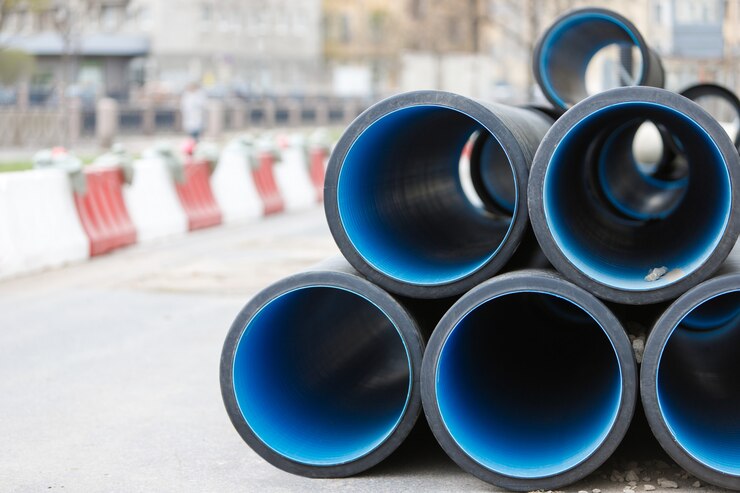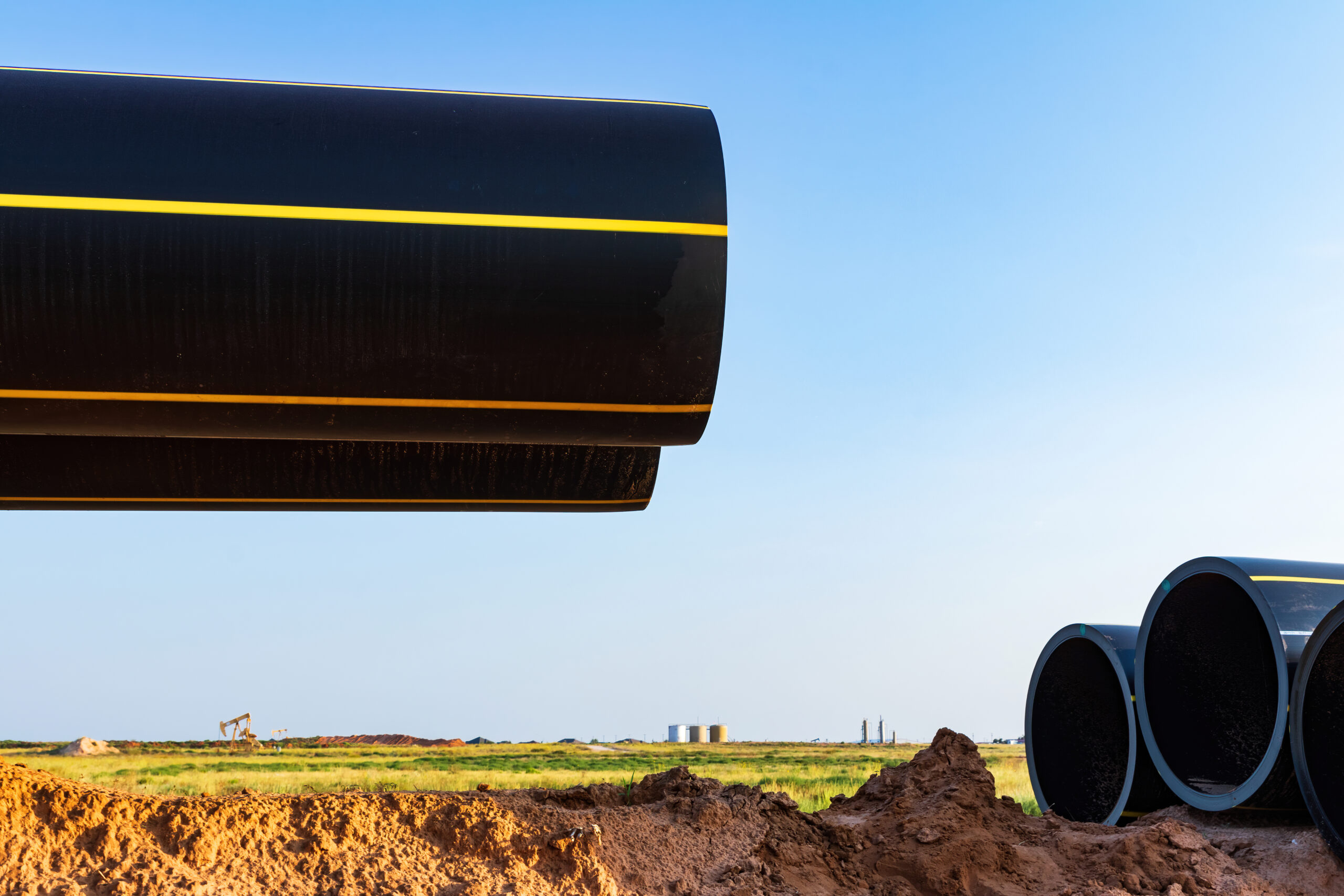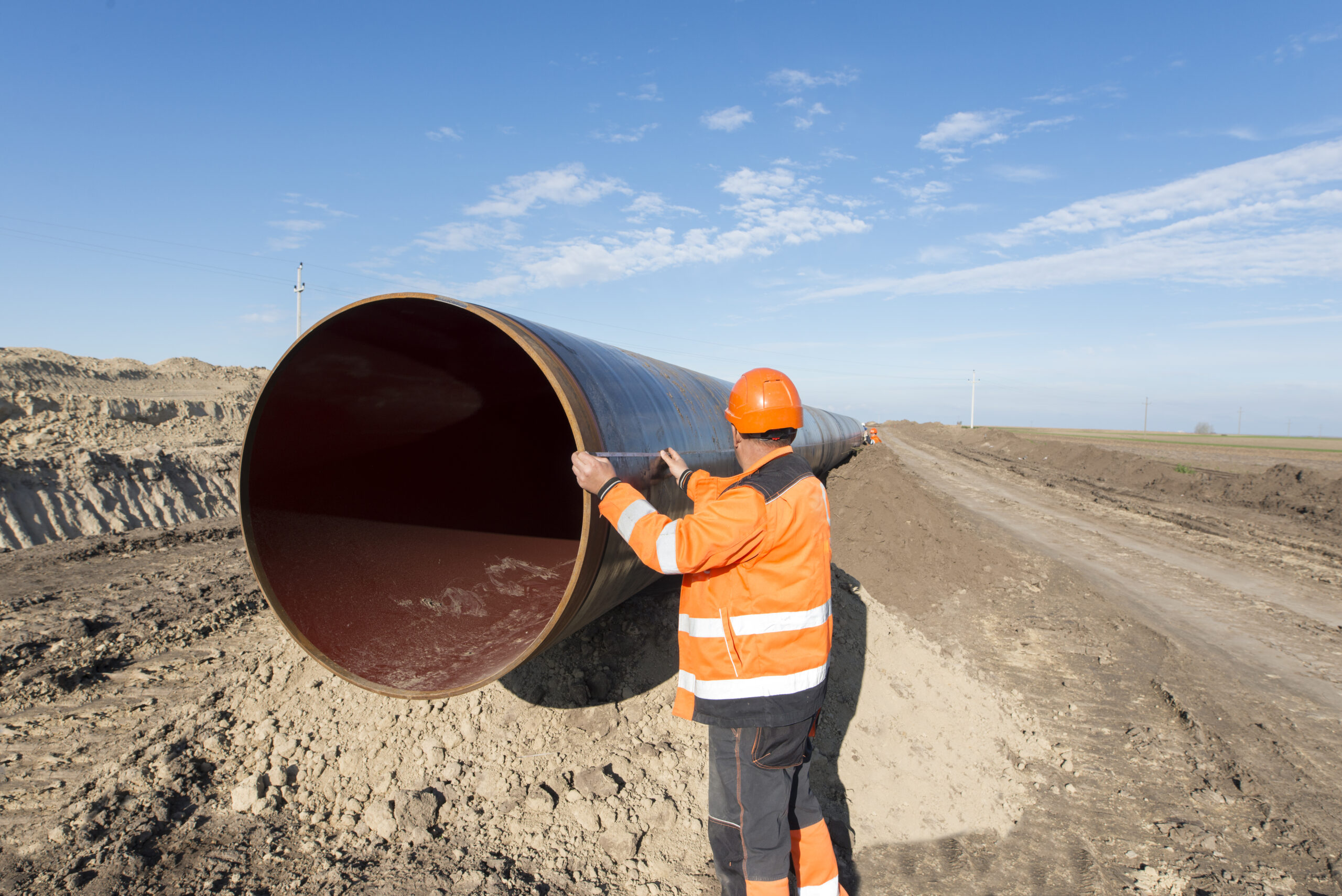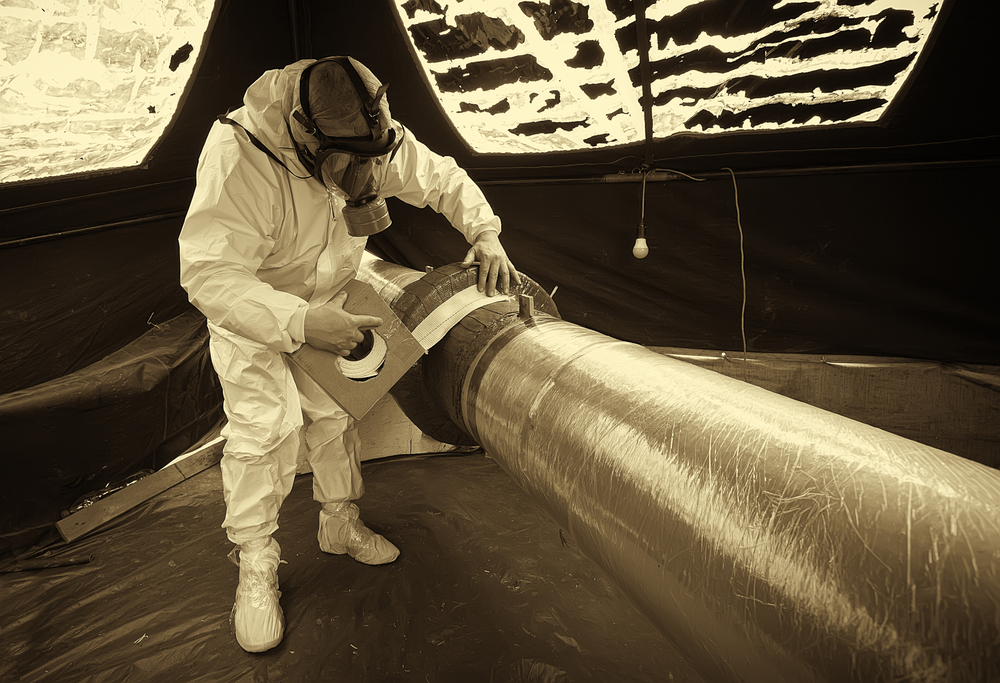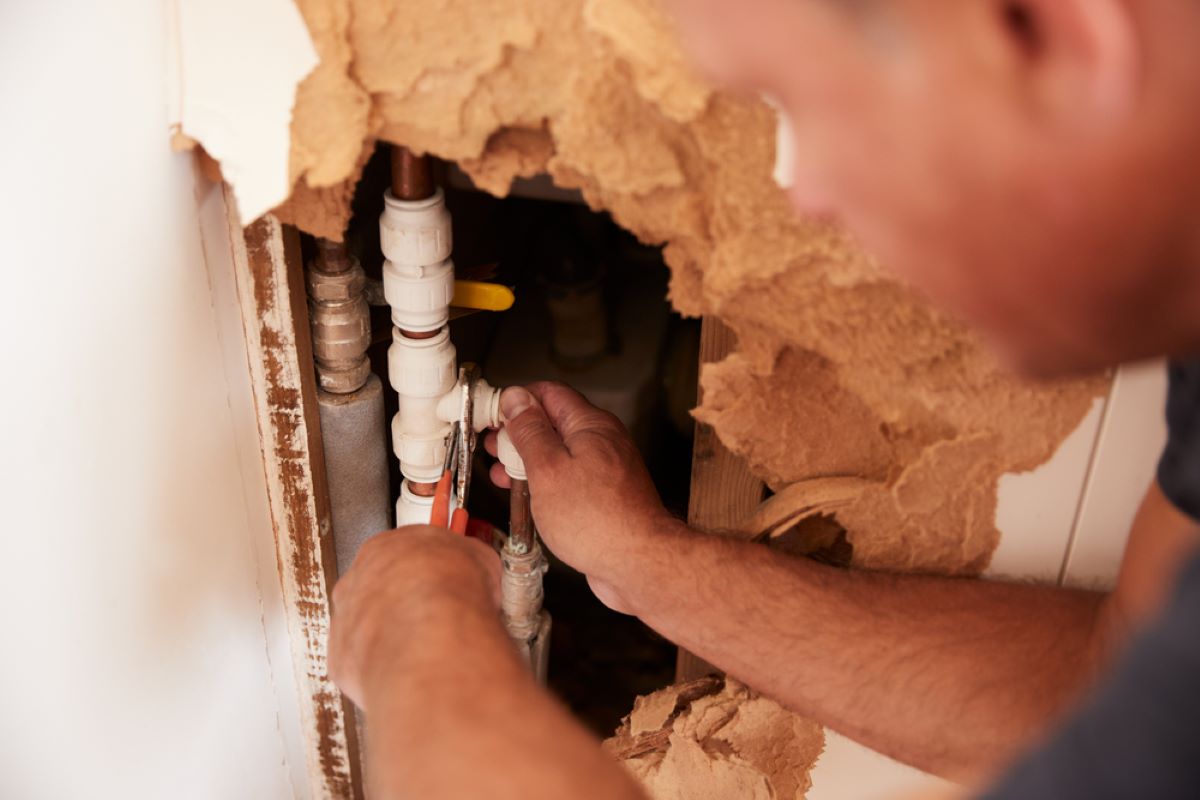INTRODUCTION
Polytetrafluoroethylene Linings
PTFE stands out for its excellent chemical resistance, low friction, and high-temperature stability. This material creates a non-stick surface that effectively prevents corrosion and minimizes the attachment of contaminants, making it ideal for various industrial applications.
Rubber Linings
Rubber linings, particularly those made from neoprene or EPDM, offer the ultimate solution for durable and corrosion-resistant linings as they resist both corrosion and abrasion effectively. These linings remain flexible, are easy to apply, and can absorb impacts, making them suitable for tanks, pipes, and vessels in corrosive environments
Glass-Fused-to-Steel Linings
Fusing glass to steel at high temperatures produces the ultimate solution for durable and corrosion-resistant linings. GFS linings not only remain non-porous but also exhibit remarkable durability, ease of cleaning, and resistance to chemicals. As a result, they are popular for water storage tanks and industrial applications.
Epoxy Coatings
Epoxy coatings provide a hard, protective layer that adheres securely to metal surfaces. They effectively resist chemicals, moisture, and abrasion, making them ideal for pipelines and industrial equipment that face harsh conditions.
Ceramic Linings
Ceramic linings consist of high-performance materials that offer incredible durability and resistance to wear and corrosion. Frequently used in high-wear applications, such as chutes, pipes, and tanks, these linings provide exceptional longevity and performance.
Polyurethane Linings
Polyurethane is a versatile material recognized for its flexibility and toughness. It effectively resists abrasion and chemicals, making it suitable for protective coatings in various applications, including mining and wastewater treatment.
Conclusion
In conclusion, selecting the ultimate solution for durable and corrosion-resistant linings depends on the specific application, environmental conditions, and materials being transported. Each of these lining options offers unique benefits, making them suitable for different industries and corrosion scenarios. By investing in high-quality, corrosion-resistant linings, businesses can enhance their operational durability and efficiency while minimizing maintenance costs and downtime.

